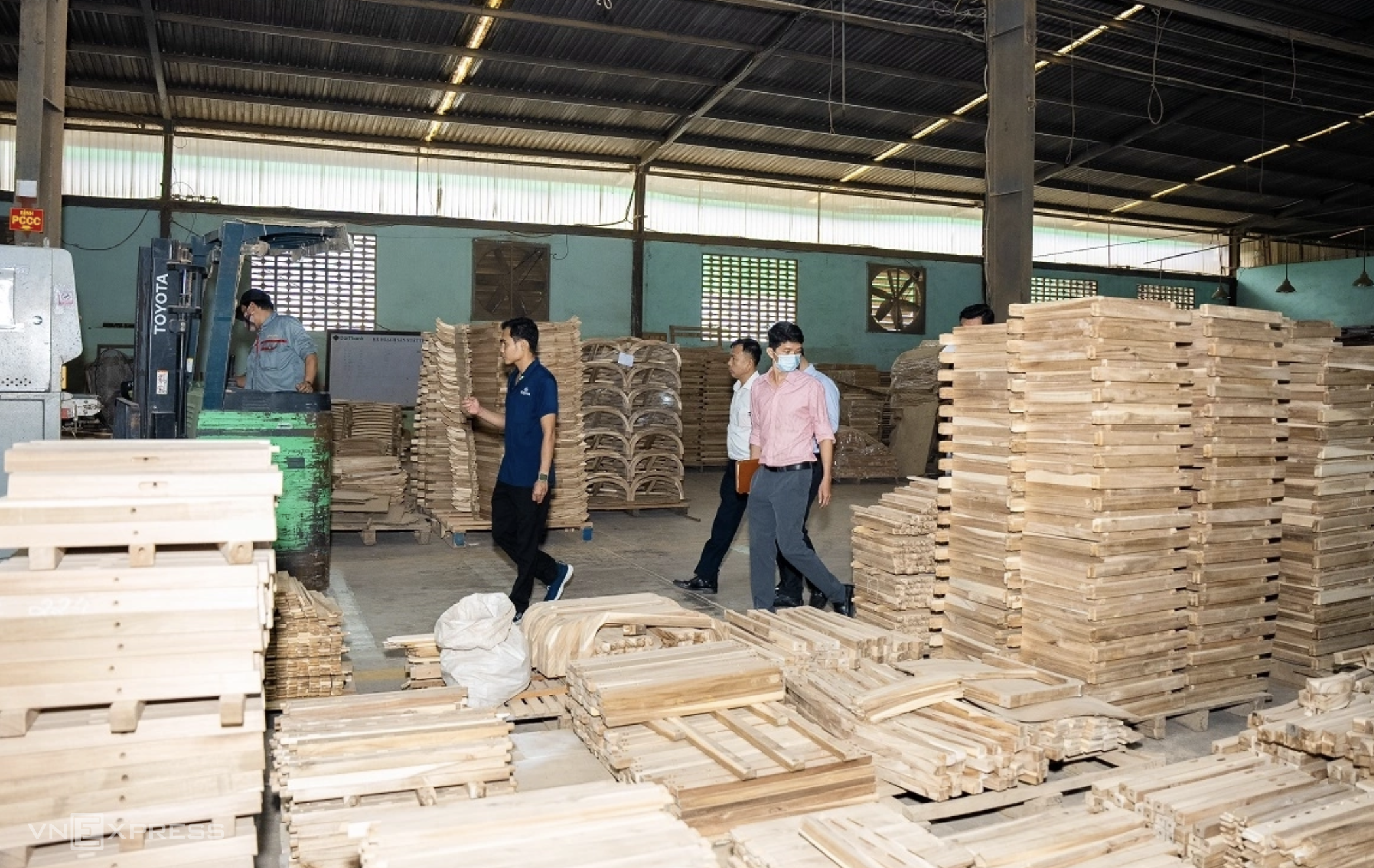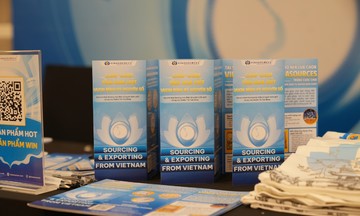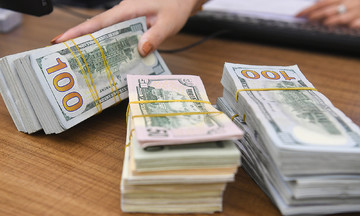Vietnam Customs data reveals that wood and wood product exports totaled $8.21 billion in the first half of 2025, an 8.9% year-on-year increase. The US remains Vietnam's largest wood market, importing $4.6 billion, an 11.6% rise, and accounting for 55.6% of total wood exports. Japan and China followed as the next largest export markets, holding 12.6% and 10.4% shares respectively.
According to the Import-Export Department (Ministry of Industry and Trade), the steady growth in the US market not only reflects the recovery of furniture demand, but also demonstrates the proactive adaptation of Vietnamese businesses to tariff barriers and increasingly stringent requirements from their US partners.
Wooden furniture dominated exports to the US, comprising 85.7% of total exports to this market in the first five months of the year. Wooden frame chairs were the leading product, reaching nearly $1.2 billion, a 14.9% increase compared to the same period last year, and ranking fourth in terms of growth rate among all product categories.
Other furniture items, such as living room, dining room, and bedroom furniture, also recorded export sales of $793.1 million and $664 million, respectively.
In addition to furniture, Vietnam also exports raw wood, planks, flooring ($377.2 million), wooden doors ($14.3 million), and wooden art products ($11.2 million) to the US. Only wooden doors experienced a slight 1% decline, while other categories grew between 5.1% and 54.2%.
Wood is currently one of Vietnam's five largest export sectors, with a scale of over $14 billion annually. Businesses are actively investing in technology, green transition, and traceability to meet increasingly stringent standards from the US and international markets.
 |
Inside the factory of Dai Thanh company, one of the largest wood furniture businesses in Binh Dinh. Photo: Trong Tri |
Inside the factory of Dai Thanh company, one of the largest wood furniture businesses in Binh Dinh. Photo: Trong Tri
Nguyen Chanh Phuong, Vice President of the Handicraft and Wood Industry Association of Ho Chi Minh City (HAWA), calculated that if the 20% retaliatory tariff is applied, US importers (traders) will bear the initial cost. However, commercial realities suggest Vietnamese manufacturers may have to share a portion of the expense, typically around 5-7%. "If businesses can optimize production costs, this level remains manageable. Vietnam will still maintain its competitive edge," he stated.
Data from 2024 shows that Vietnam spent over $2.6 billion to import approximately 6.5 million m³ of raw wood, including logs, sawn timber, and various types of boards. Imports primarily originated from the US, Europe, and Africa—markets with verifiable origins. Vietnam also enjoys a significant trade surplus with China in this sector, importing $800 million while exporting $2 billion. "There is no data suggesting transshipment of goods through Vietnam in the wood industry," he emphasized.
Phuong stated that approximately 60-65% of the wood industry's input materials come from domestic sources, with the remainder imported under controlled conditions. Many Vietnamese enterprises have mastered the production of accessories and metal parts for furniture, thus increasing the localization rate of the value chain.
However, he noted that competition comes not only from China but also from Chinese foreign direct investment (FDI) enterprises operating in Vietnam. These businesses utilize Vietnamese materials and labor but possess advantages in capital and operational experience.
In the short term, HAWA will collaborate with logistics associations to organize training on traceability, guiding businesses in establishing transparent origin management systems, and preparing to demonstrate the domestic value-added ratio in their supply chains.
In the long term, Phuong suggested that the government should promote trade, reform export procedures, and proactively negotiate rules of origin, especially for products processed from US wood, to potentially benefit from specific incentives if the US implements flexible policies.
Many experts predict that the recovery trend in the US and European markets will continue to support exports in the second half of the year. However, the risk of trade investigations, retaliatory tariffs, or traceability requirements remains substantial. Businesses need to invest in processing technology and strictly control their supply chains to maintain market share in their largest export market.
Thi Ha












